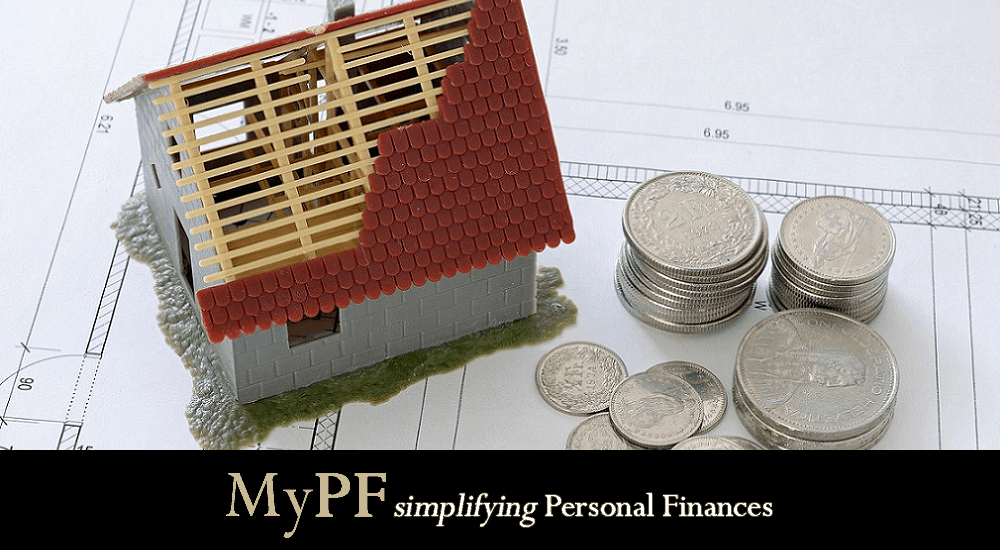Malaysia’s 2024 real estate market offers both growth and challenges, with developed areas thriving while affordability concerns persist.
A stark dichotomy characterizes the Malaysian real estate landscape in 2024. On the one hand, developed states such as Selangor, Penang, Johor, and Kuala Lumpur are witnessing robust growth fueled by recovering consumer spending and strategic government initiatives designed to attract foreign investments, particularly in the housing sector.
On the other hand, smaller and less developed regions are encountering significant difficulties, highlighting the uneven pace of recovery across the country.
The commercial real estate industry is set for expansion, with the market size estimated at USD 8.88 billion in 2024 and expected to expand to USD 12.83 billion by 2029. The industrial real estate sector grows thanks to the surge in e-commerce and an increased demand for warehouse spaces. Contrastingly, the retail and office spaces are grappling with the aftermath of the pandemic, facing longer recovery times due to structural shifts in work and shopping habits.
With these patterns, what will 2024 likely be for Malaysian real estate?
Contents
Challenges Facing the Malaysian Real Estate Market In 2024
One of the primary challenges is the regional disparity in market performance. While developed states like Selangor, Penang, Johor, and Kuala Lumpur are experiencing growth, smaller and less developed regions need help.
This uneven growth pattern is partly due to a substantial overhang of residential properties in areas like Johor and lower property sales expectations in states such as Perlis, Melaka, Negeri Sembilan, and Kelantan.
Another significant challenge is the rising interest rates, which increase the cost of purchasing homes. This situation is particularly problematic in a market where housing affordability is already a concern.
The higher cost of living, coupled with the increased prices of homes, exacerbates the affordability issue, creating a problem where there is both an oversupply of private homes and a problem of housing affordability.
The implementation of Budget 2024 introduces both opportunities and challenges. While the redirection of resources towards infrastructure development and support for high-growth industries could drive growth, the impact of high-value goods tax on luxury retail and changes in electricity subsidies are expected to have mixed effects.
The targeted electricity subsidy, for instance, will reduce subsidies for the top 10% of electricity consumers, potentially leading to increased operating costs for investors and operators in the real estate sector.
Slow and Arduous Recovery
Government policies such as the Home Ownership Campaign (HOC) and favourable foreign investment frameworks have been pivotal in steering the market towards recovery. These initiatives and foreign direct investment, especially from China, are reshaping the industrial and commercial real estate landscapes.
Nonetheless, investors are advised to tread cautiously, keeping an eye on economic volatility and interest rate fluctuations that could impact investment returns.
The residential sector shows signs of recovery, with a noticeable tilt towards affordable housing. This segment’s growth is tempered by ongoing affordability and financial instability challenges post-COVID-19, suggesting a cautious optimism among buyers.
Despite minor setbacks, the demand for landed properties underscores a continued preference for homeownership, reflecting long-term confidence in the market.
A strategic approach is crucial for investors navigating the 2024 real estate market.
Emphasizing comprehensive market research, leveraging technology for informed decision-making, and focusing on sustainability and ESG factors are crucial to identifying opportunities. Diversification across regions and sectors, such as the burgeoning data centre market, offers a pathway to mitigate risks and achieve growth.
A Possible Outlook
The changing dynamics of work and consumer preferences necessitate a flexible approach to real estate investment. The rise of remote work and the evolution of retail towards omnichannel experiences demand adaptability from investors.
Embracing new trends and being open to innovative real estate uses can unlock new opportunities in the developed states and sectors poised for expansion.
Conclusion
The Malaysian real estate market in 2024 presents a landscape filled with both opportunities and challenges.
While certain regions and sectors exhibit strong growth potential, the overall market’s recovery is uneven, influenced by various economic and regulatory factors. For investors, success lies in a balanced approach that combines traditional investment wisdom with a readiness to adapt to emerging trends and technologies.
By doing so, they can navigate the complexities of the market and position themselves for sustainable growth in the evolving Malaysian real estate landscape.
Are you invested in Malaysia’s real estate sector? Let us know in the comments down below.











Leave A Comment